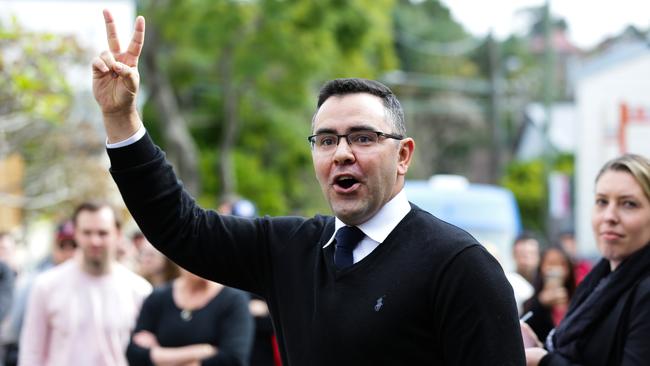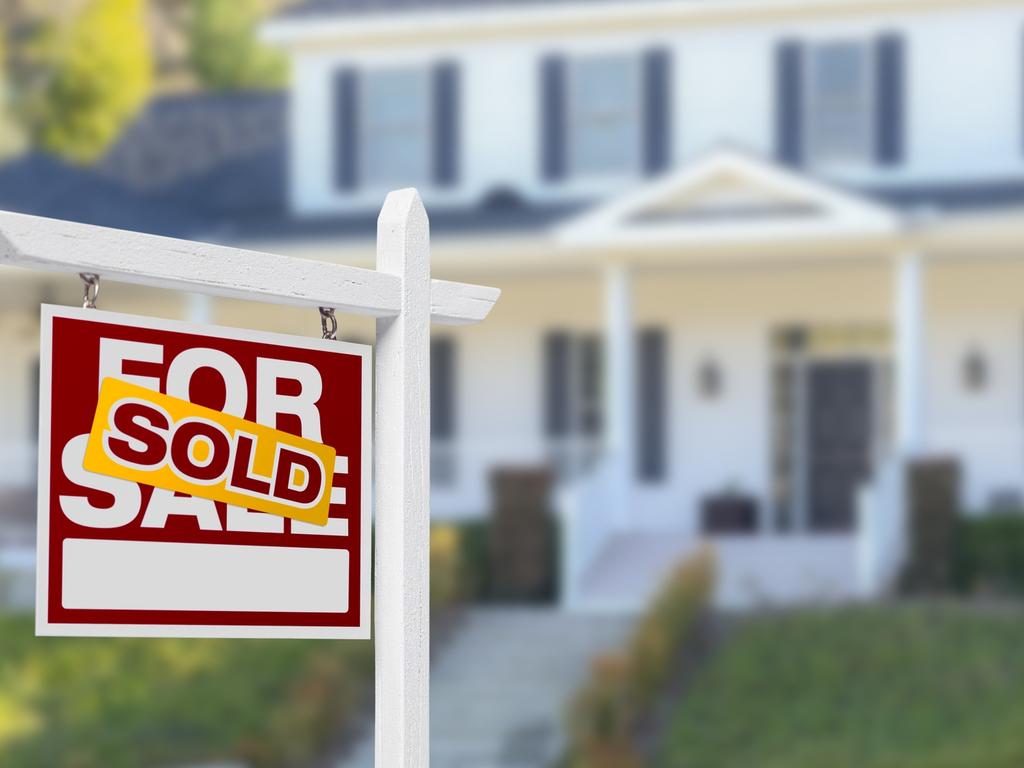Smaller capitals enjoy home price gains: CoreLogic
Sydney and Melbourne property prices may be falling but other capitals are getting a bump amid fewer pandemic restrictions.

Australia’s smaller capital cities enjoyed a significant bump in residential housing prices last month, from confidence gained through COVID-19 control and fewer social and economic restrictions.
Property prices rose in all capital cities except Sydney and Melbourne in September, according to housing researcher CoreLogic’s latest monthly index.
Brisbane prices were up 0.5 per cent, outpaced by Adelaide (up 0.8 per cent). Hobart and Canberra each rose by 0.4 per cent while Perth prices increased 0.2 per cent. Darwin continued its pattern of renewed strength, up 1.6 per cent for the month, and reported the strongest growth for the third quarter of 2020 of any capital (up 2.3 per cent).
But Sydney and Melbourne housing markets bore the brunt of the pandemic’s impact, down 0.3 per cent and 0.9 per cent respectively.
Given the two cities make up approximately 40 per cent of the country’s housing market by number of properties, they effectively pushed the national price result down for a fifth straight month, to a fall of 0.1 per cent.
CoreLogic’s head of research Tim Lawless said that while the rollback of economic stimulus and the looming “fiscal cliff” may be of some concern in the months ahead, the housing market is still in a good place to continue its recovery.
“The headwinds are very clear,” Mr Lawless said.
“We are expecting that as we see home loan deferrals either expiring or resulting in urgent listings coming into the market, there could be some downward pressure. You‘ve also got the wind back of fiscal stimulus.
“But I’ve got a strong suspicion that the tailwinds might be stronger. It sounds like the Reserve Bank is seriously contemplating pushing the cash rate even lower (and) we’re expecting to see some big announcements around additional spending from the federal government in the budget. announcement. If it actually gets enacted from March next year, we’ll probably see credit becoming a little bit more freely flowing.
“I think all those factors together are probably going to outweigh the headwinds and continue to see the housing market move along a gradual recovery path.”
Treechangers and seachangers kept regional prices pushing higher, up 0.4 per cent for the month, a contrast to the 0.2 per cent fall across the combined capitals.
Affordability in the smaller capitals relative to Sydney and Melbourne and strong first homebuyer activity helped activity in the lower and middle of the market. The bottom quarter of the combined capital cities was up 0.4 per cent over the three months to September.
It is in stark contrast with the top end of properties, which fell 2.6 per cent over the same period.
Mr Lawless did note the change could be partially linked to the strong momentum of growth that had been building prior to the pandemic.
Prices have also been insulated by the low number of available properties on the market. New listings were down 22 per cent nationally year-on-year and sat 25 per below the five year average.
But the data shows demand is still driving sales, with the number of transactions over the September quarter up 2.8 per cent on last year.





To join the conversation, please log in. Don't have an account? Register
Join the conversation, you are commenting as Logout